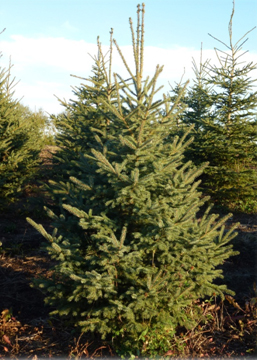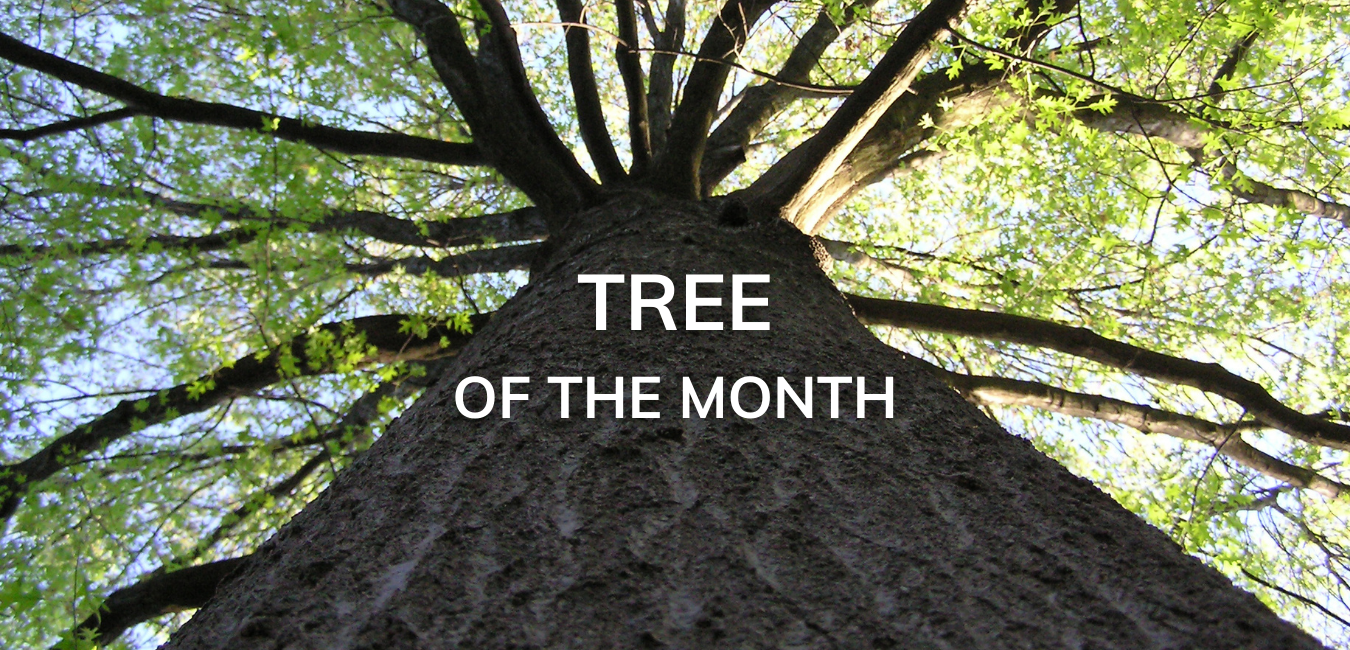
The White Spruce is a coniferous tree species that is not native to London, though you will find it here; it represents about 1% of London’s trees. White spruce is a coniferous tree that has slender cones that mature and fall off in one growing season, and stiff, blue-green, four-sided needles that spiral around each twig. These trees can live very long–300 years sometimes–and can grow to be as tall as 30 metres.
Found from Newfoundland to the Yukon, white spruce is Canada’s widest-ranging tree species. It is the northern-most tree species in North America. Historically, native North Americans used the roots of white spruce to make lacing for birch bark canoes and the bark gum for waterproofing the seams of the canoes.
Today, white spruce is the most commercially important tree species, being a main source of pulpwood and construction lumber. The soft yet moderately strong wood is found in pianos, violins, paddles and oars. White spruce trees are also one of the more common Christmas tree species in Ontario.
In addition to its importance to humans, white spruce is vital for many types of wildlife. The seeds of the species provide nourishing food for birds and small mammals, and the drooping branches give winter shelter.
Want to plant one?
White Spruce is considered to be a “climax species,” which means it is often the final stage of a succession of changes in a particular landscape. It can grow in a variety of soil and moisture conditions, but thrives in fertile, moist and well-drained soil and with plenty of sunlight.


